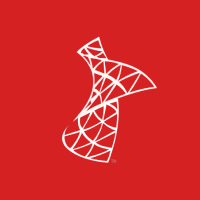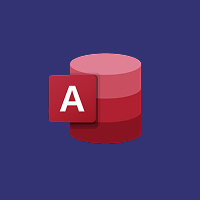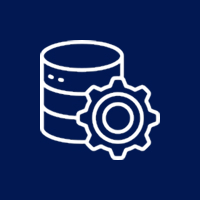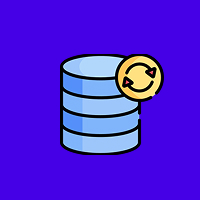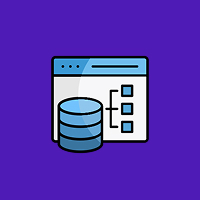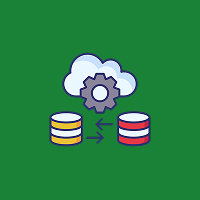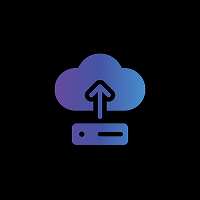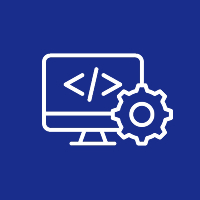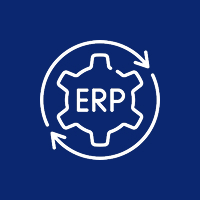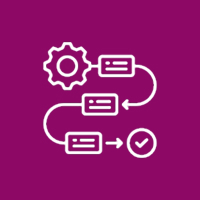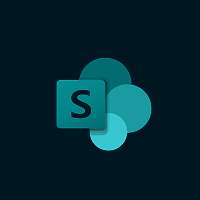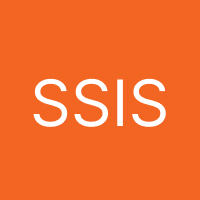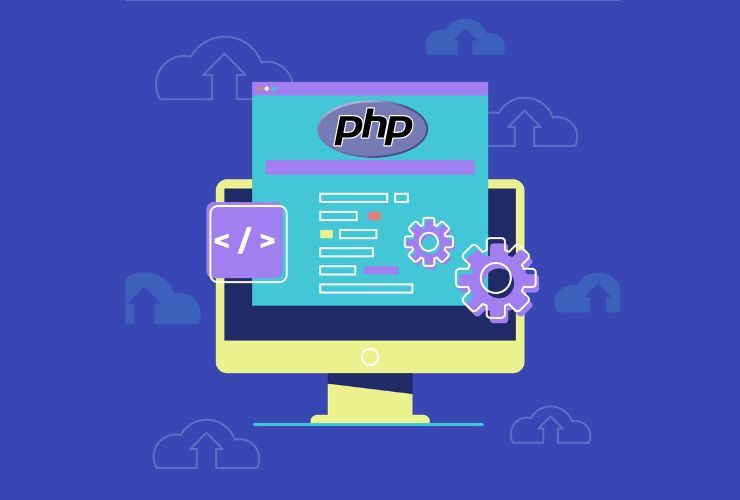Web page loading speed is increasingly important today in the competitive online environment. Websites’ faster loading not only benefits users but also in search engine optimization rankings, making your site more accessible and getting more traffic. PHP, one of the top server-side scripting languages, offers several different caching approaches designed to improve applications’ speed and reduce server load. PHP programmers can create faster, more efficient, and scalable PHP applications with the aid of innovative techniques in caching.
This article explores more on the fundamental PHP caching techniques, their advantages, and advice to assist you in maximizing your application’s performance.
What is PHP Caching?
Caching is storing data or computation results temporarily to make retrieval on subsequent requests faster. Instead of repeated execution of the same actions—running code, querying a database, or generating HTML—cached responses are returned promptly from disk or memory. It saves processing time quite significantly and enhances responsiveness.
In PHP, it is possible to implement caching at different levels, for example, opcode caching, data caching, full-page caching, and many more. Each form of caching plays a definite role and cooperates with the rest to ensure maximum performance.
Main PHP Caching Techniques
Opcode Cache
When PHP scripts are executed, the code is compiled into the intermediate form opcode first before they are executed. Usually, the compilation takes place on every request, which is costly. Opcode caching stores the compiled opcode in shared memory so that subsequent requests skip the compilation process altogether.
OPcache, a built-in PHP extension with PHP 5.5, is the leading opcode caching technology. It provides remarkable performance improvements by running compiled code at extremely high speeds and minimizing CPU usage.
Data Caching
Most PHP scripts continuously query the same data from databases or other resources. Data caching caches this data into a high-speed memory cache to prevent expensive repeated queries.
Some widely used data caching technologies include:
- Memcached: A lightweight, distributed in-memory key-value pair caching system largely.
- Redis: An in-memory data structure store high-level for more complex data types, persistence, and pub/sub messaging.
- Data caching not only accelerates the response but also offloads database load, enhancing the system’s overall scalability.
Full-Page Caching
Full-page caching stores a page’s entire HTML output and delivers the static page to users on repeat visits. PHP processing and database queries for cached pages are eliminated to zero.
Full-page caching is most suitable for pages that contain much static content or for rarely updated pages, such as blogs, landing pages, or product catalogues. It can be activated through PHP frameworks, reverse proxies (such as Varnish), or Content Delivery Networks (CDNs).
Partial Caching
Partial caching, or fragment caching, caches some reusable parts of pages but not the entire page. Dynamic widgets such as menus, sidebars, or user-specific content, for instance, can be cached separately.
This approach achieves the best dynamic content up-to-dateness versus performance tradeoff and allows developers to reduce loading times without sacrificing interactivity.
HTTP Caching
HTTP caching takes advantage of browser and proxy caching through HTTP headers such as Cache-Control, Expires, and ETag. Set up in the correct way, these headers tell browsers to cache resources locally and avoid unnecessary server requests.
Reducing server roundtrips and bandwidth, HTTP caching improves perceived performance as well as overall user experience.
Advantages of PHP Having Caching
- Improved Response Times: Cached content avoids redundant processing, making pages load faster as well as respond faster.
- Reduced Server Load: By separating expensive computation and database queries, caching frees up server resources to accommodate more users.
- Improved Scalability: Cached pages allow your application to handle greater levels of traffic without being compromised in terms of performance.
- Improved User Experience: Speed-of-light sites decrease bounce rates and enhance engagement, directly impacting business metrics.
- Cost Savings: Caching effectively saves on the requirement for extra hardware or cloud resources, lowering operational costs.
Best Practices for PHP Caching
- Enable OPcache: As it is included with PHP, enabling OPcache is a very easy yet efficient way to boost performance.
- Use the Right Data Cache: Analyze data patterns in your app and choose between Redis (for advanced requirements) and Memcached (for basic key-value caching).
- Use Cache Invalidation: Maintain cached information up-to-date by using proper expiration and invalidation logic when the data is updated.
- Layer Your Caches: Utilize multiple levels of caches—opcode cache, data cache, and page cache—to maximize speed gains.
- Monitor and Tune: Monitor cache hit ratios and performance using tools such as New Relic or Blackfire to optimize cache parameters.
- Secure Your Cache: Secure cache stores, particularly in multi-user environments, against extraneous data access.
Caching is a critical PHP performance optimization technique for anyone looking to build fast applications. Through opcode caching, data caching, full-page caching, and HTTP caching, in clever, multi-layered manner, you can significantly reduce response times, reduce server load, and enhance scalability.
Begin implementing these caching techniques in your PHP applications today to provide faster, more efficient, and user-friendly web applications with the confidence to handle increasing traffic and intricate workloads.
Contact Us Today

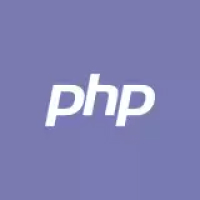
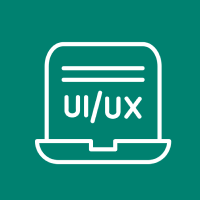
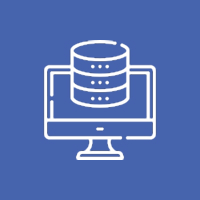
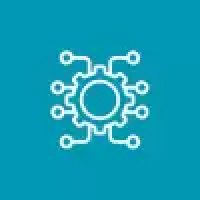



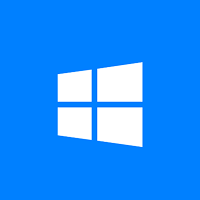
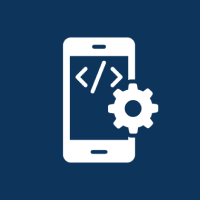



 Database Development
Database Development